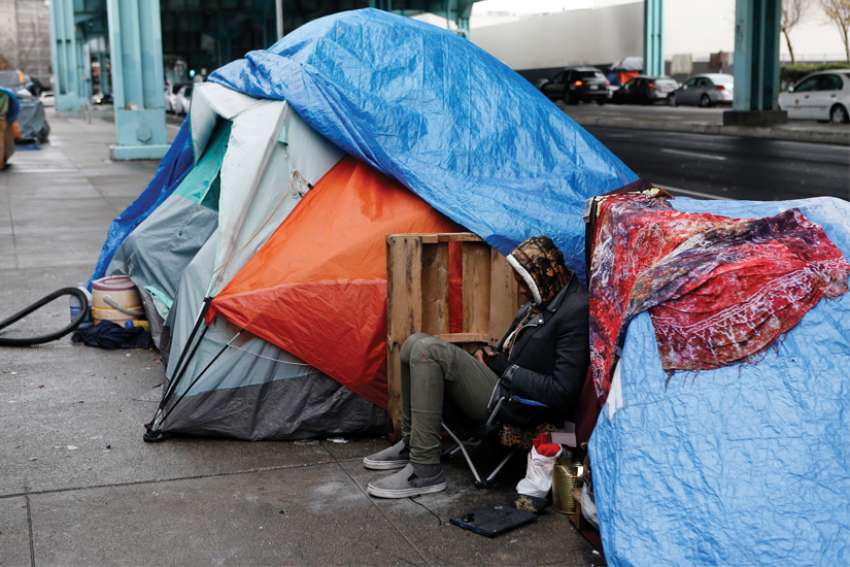Supporting Youth at Risk of Homelessness: An Evaluation of Hamilton’s Youth Reconnect Program — authored by Rachel Caplan, John Ecker, Jennifer Akerman and Meryl Borato — reveals that youth who accessed this Catholic social services’ program found the YR’s early intervention (shelter diversion) and mental health programs for youth and their family members was effective in keeping at-risk youth connected with their families and communities.
“The youth really appreciated the flexibility of the support they were offered,” said Ecker, the director of research and evaluation at the Canadian Observatory on Homelessness, also known as the Homeless Hub.
“The Youth Reconnect worker was pretty nimble and could meet them in the community and could even take them places like appointments. And they appreciated that the YR worker was just generally there for them when they reached out.”
The YR program, designed for young people (ages 13-24) at risk of or in the early stages of homelessness, endeavours to “help young people stay connected to their family, community and school” and “strengthen connections to natural supports in order to prevent and/or reduce the risk of homelessness.”
Semi-structured interviews were conducted with six youth, three YR workers and a focus group with nine Good Shepherd Centre program staff and leadership team members to provide researchers with the data and anecdotes for the report.
Data collection was completed in 2019, so the report reflects a landscape that existed before the COVID-19 pandemic. Good Shepherd’s YR program lost the capacity to connect youth to positive community programming like yoga and art classes because of pandemic restrictions. But YR has adapted with phone and video-conferencing support systems.
The positive feedback stretches far beyond the six young people interviewed for the study. Jessica Ward, the manager of community-based programs at Good Shepherd Centre, says “278 of the 299 youth have reported an improvement in their living situation” since the advent of the YR program, according to internal data gathered by Good Shepherd.
“There is improved communication with family members, more positive time spent with family, young people being able to better work through conflicts and family members having a better understanding of young people’s identities and a big increase in school engagement — 290 of the 299 youth we work with have reported an increase in participation with school programs,” said Ward.
In terms of overall shelter occupancy at Good Shepherd Centre, Ward said “the shelter would be at or near full capacity before Youth Reconnect” and now the shelter operates at “about 40- to 60-per-cent capacity.”
Ward’s own direct observation of the program, confirmed by the findings of the Homeless Hub’s report, makes it clear that early intervention is a must.
“The main thing is prevention has to happen. The earlier you can provide support to a young person, the better,” said Ward. “Sixteen is far too long to wait, which is the (service) age stipulated by a lot of youth-serving agencies, but it’s too late. We find that we can intervene at 13, but sometimes that’s even late.”


